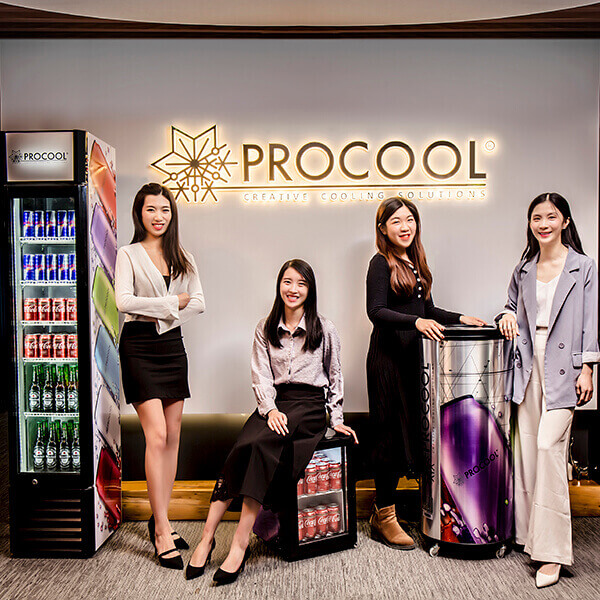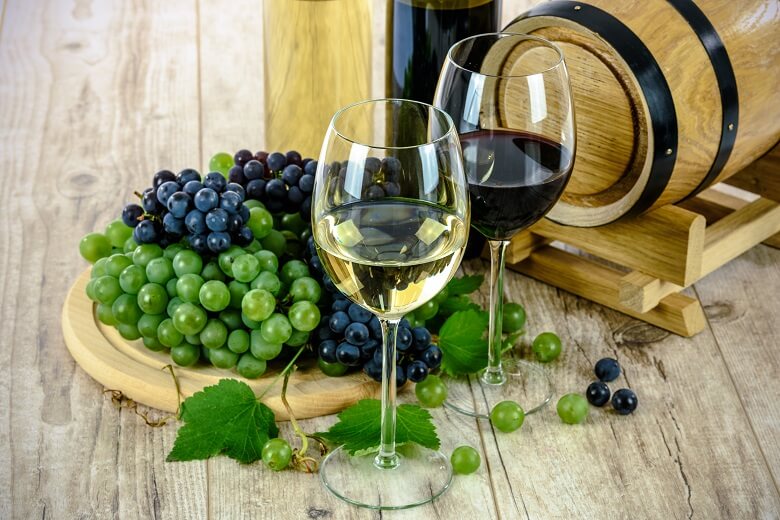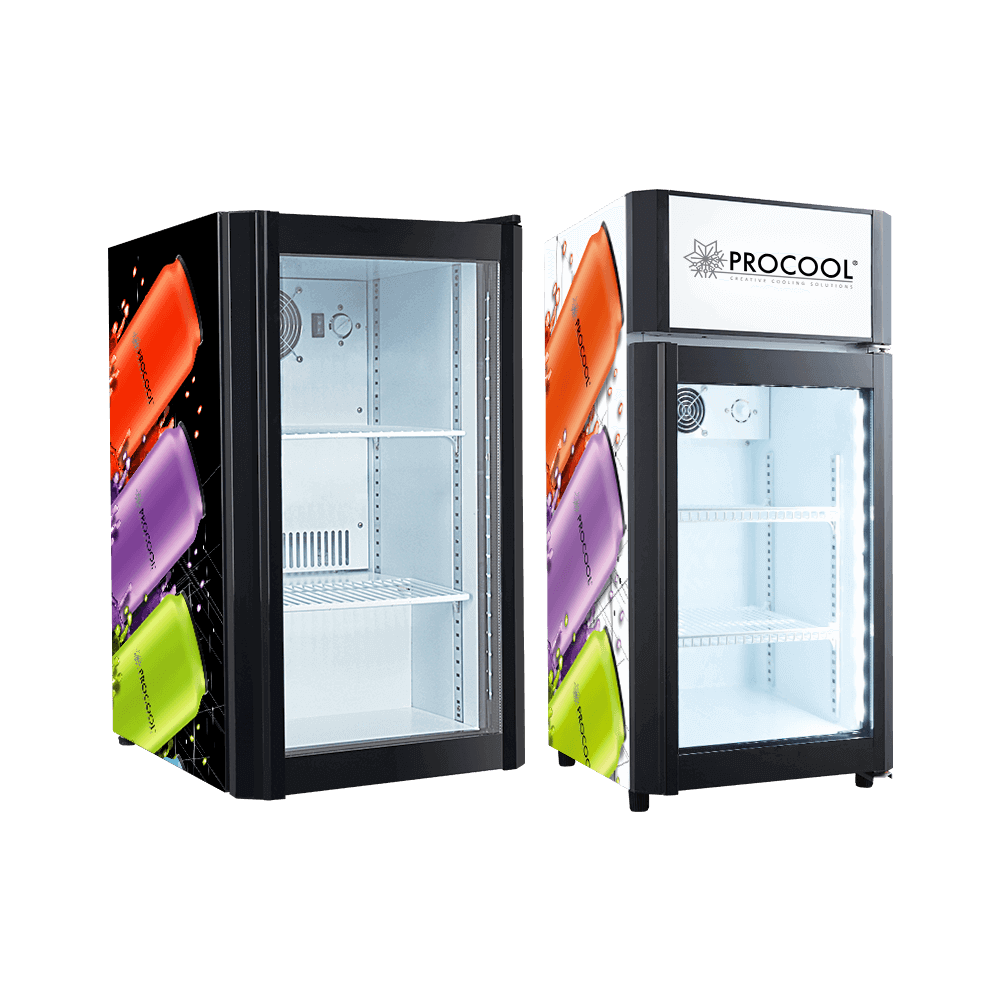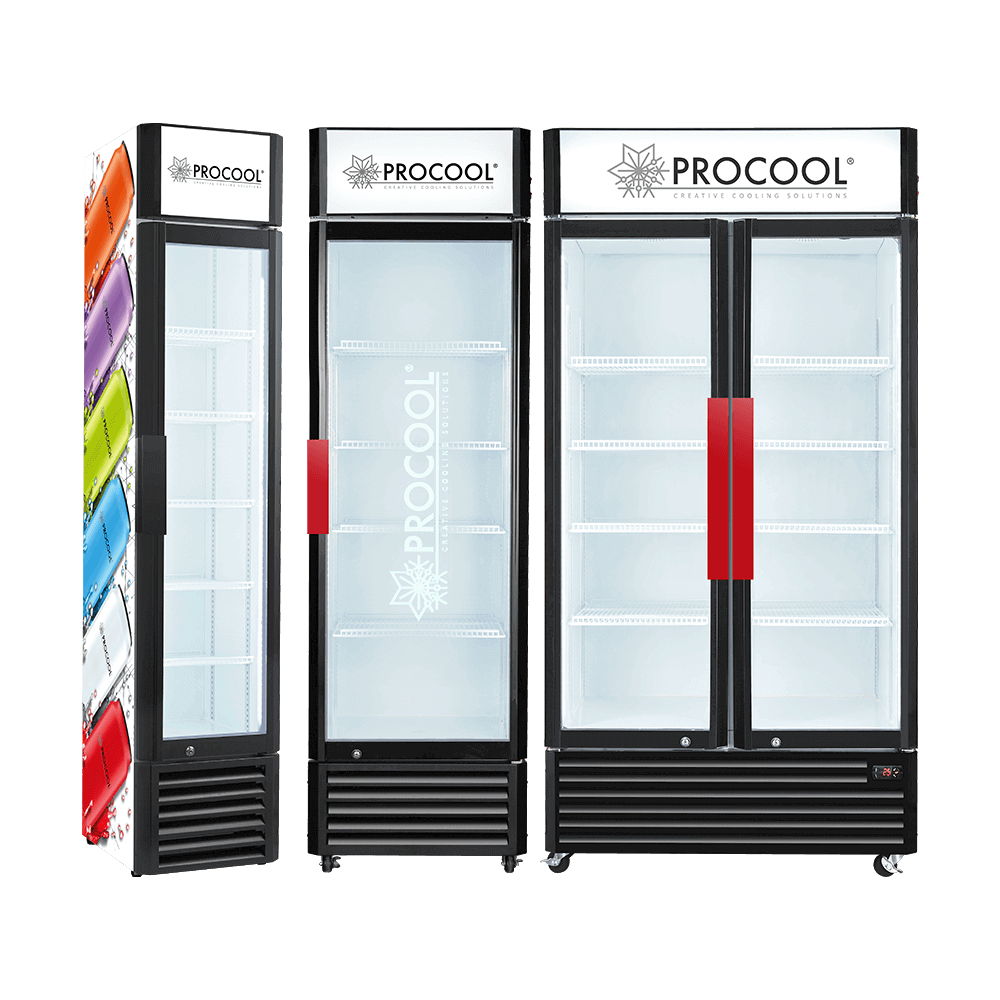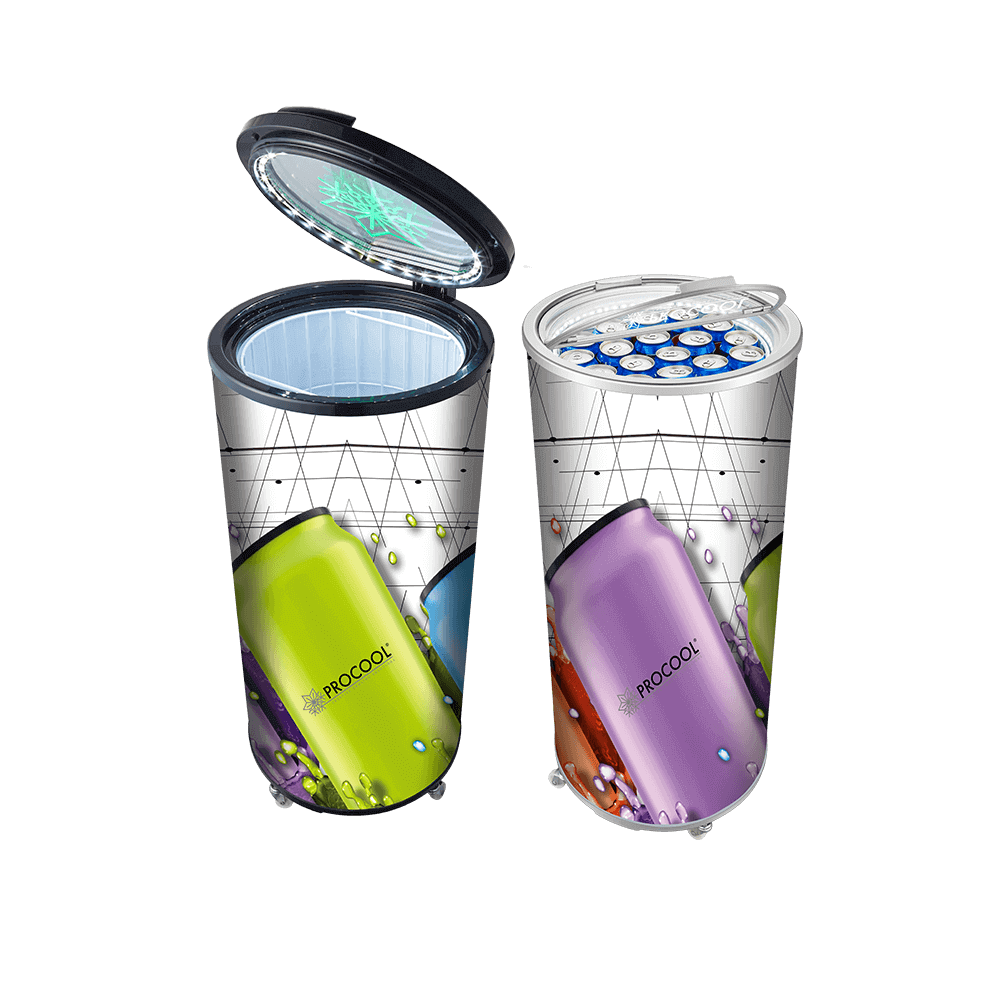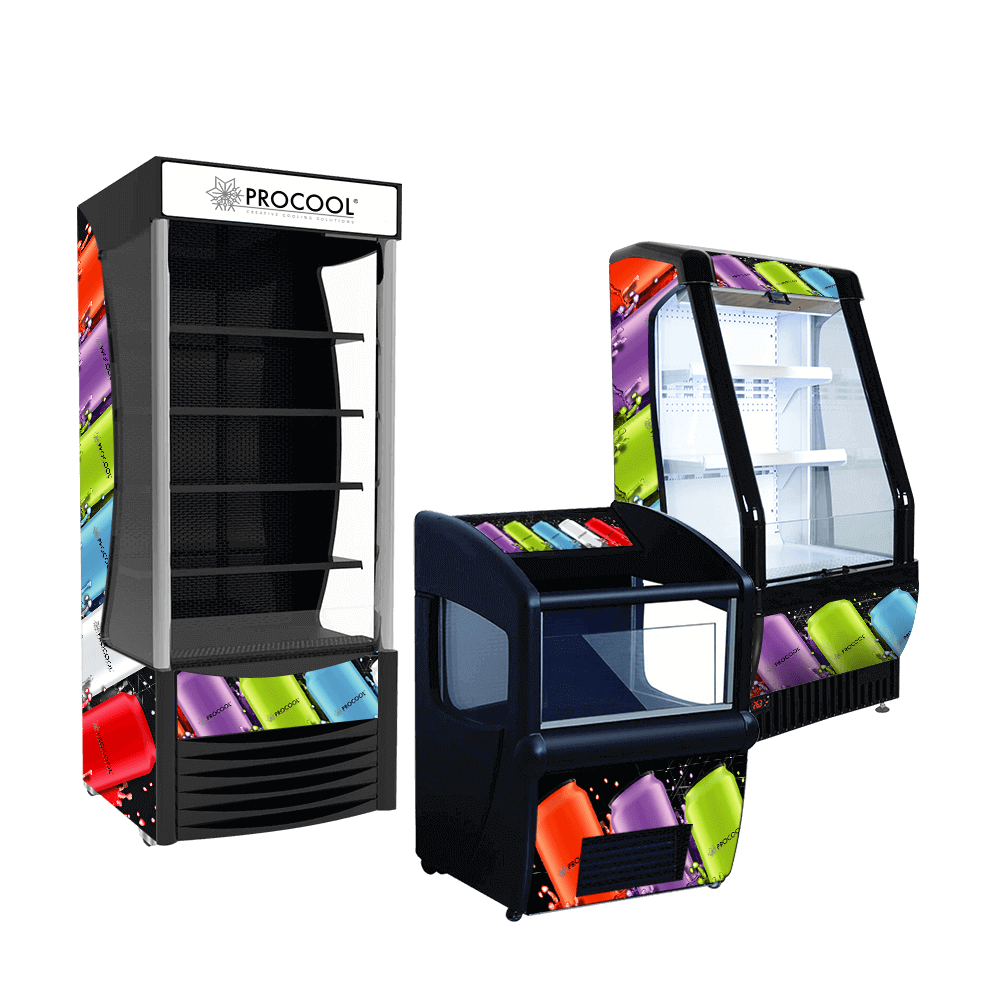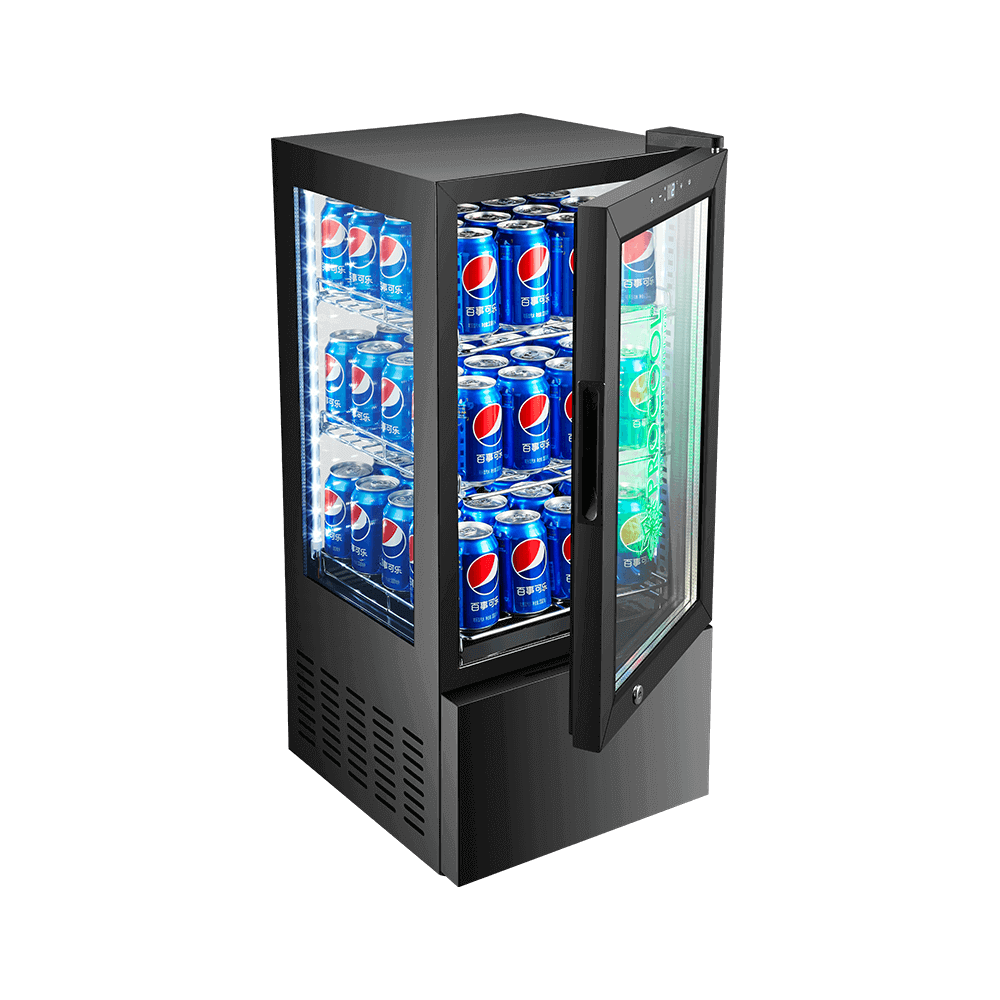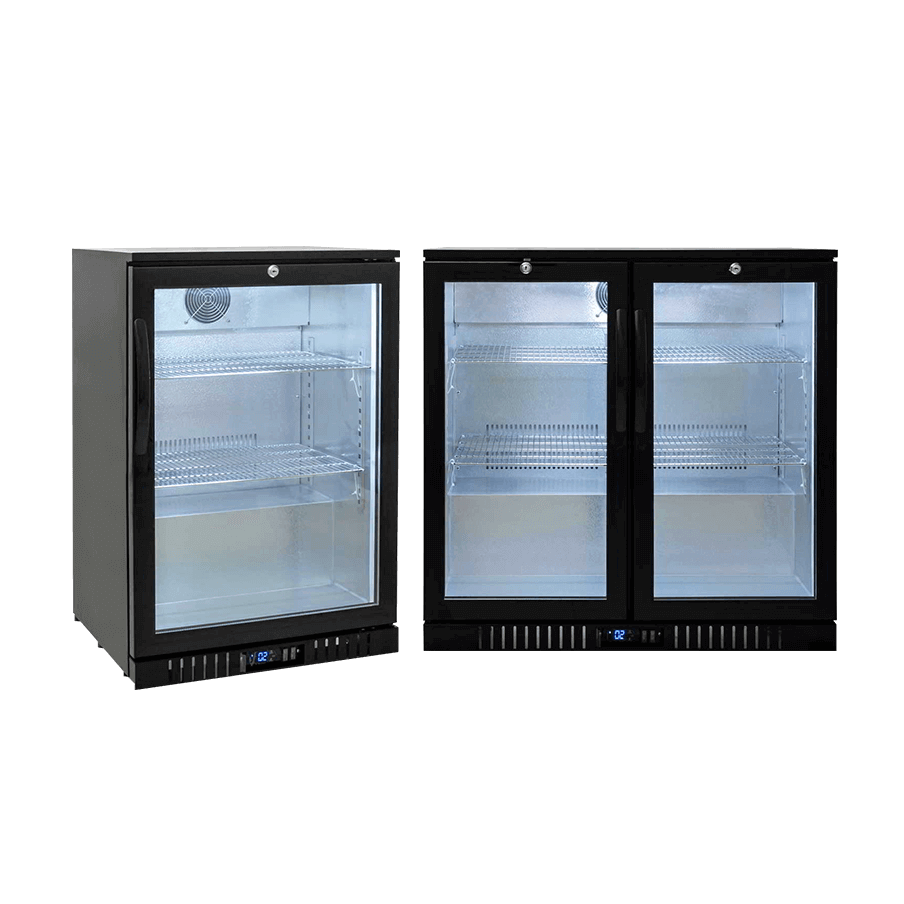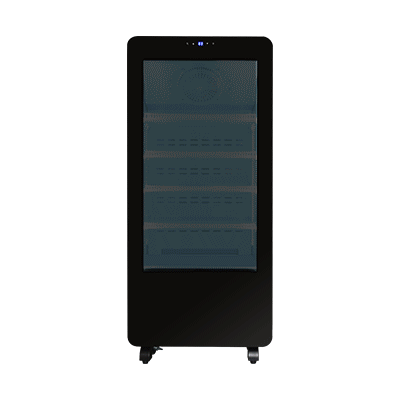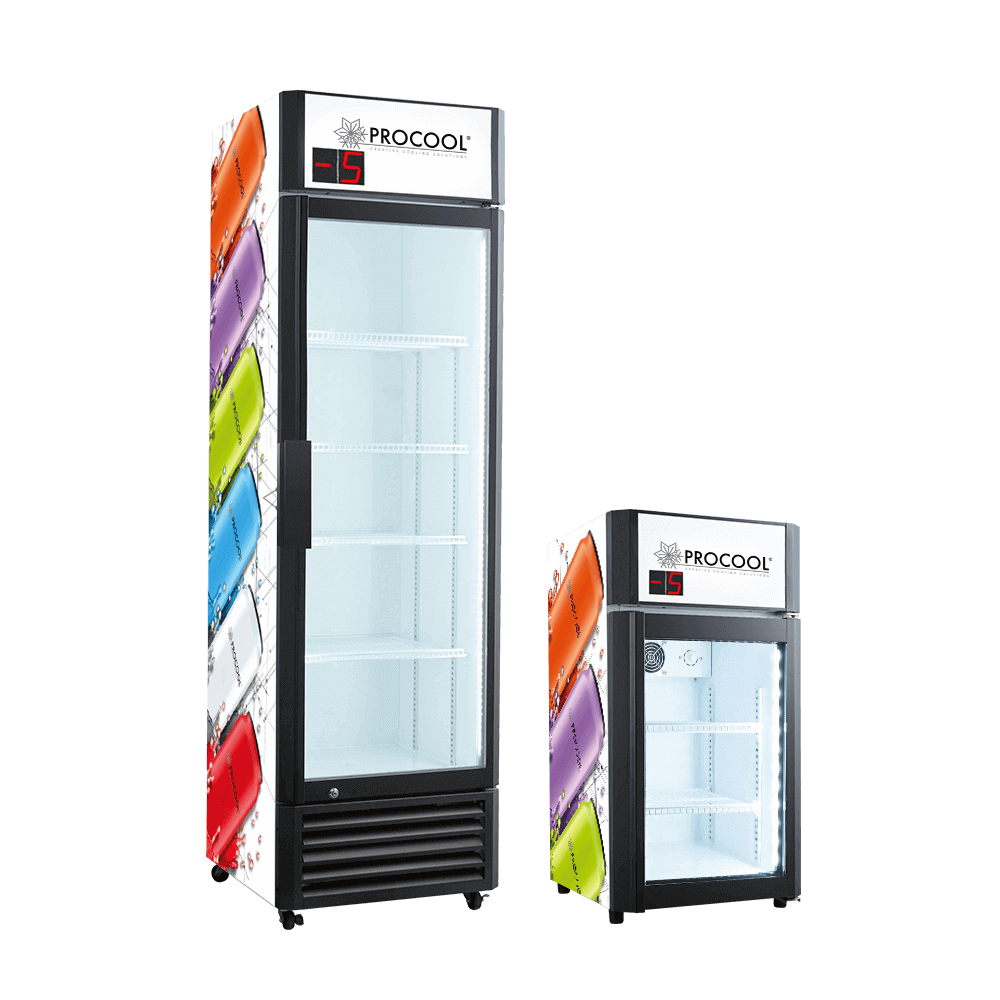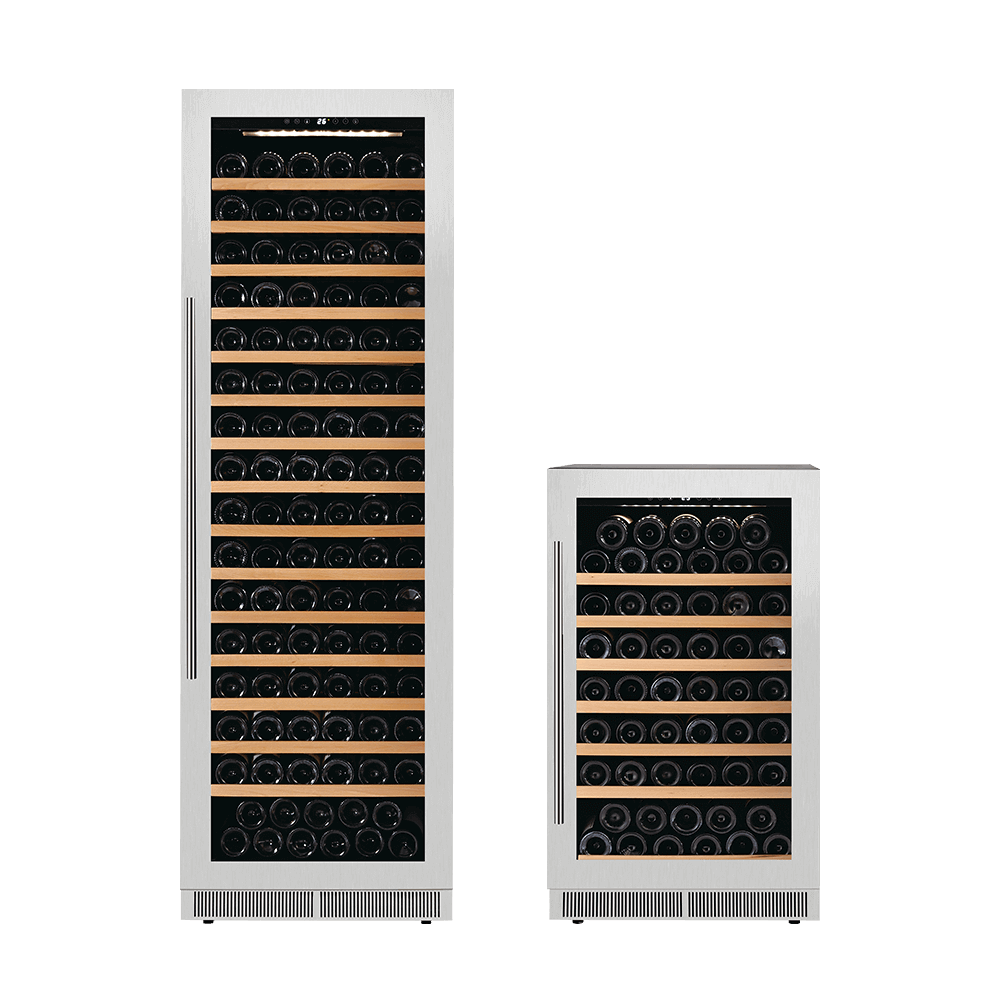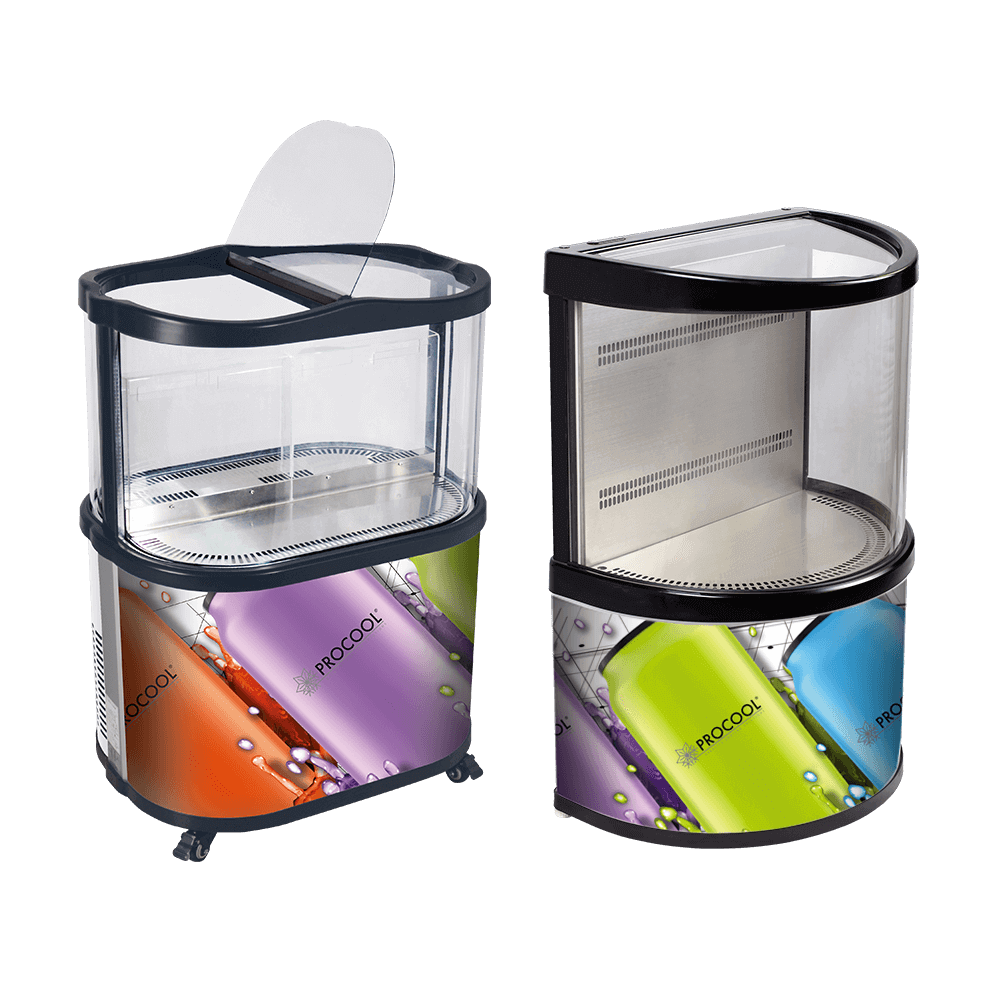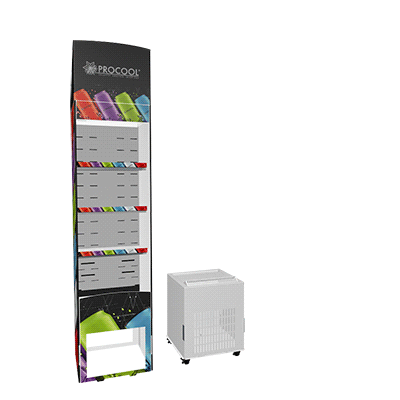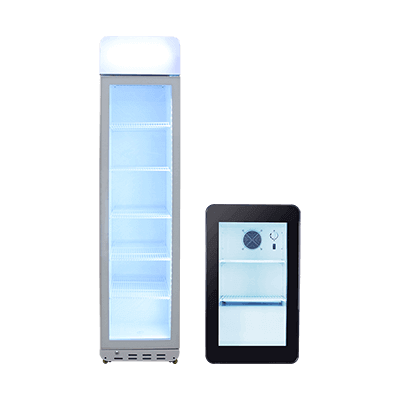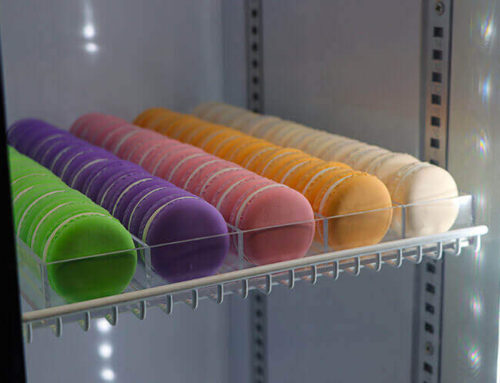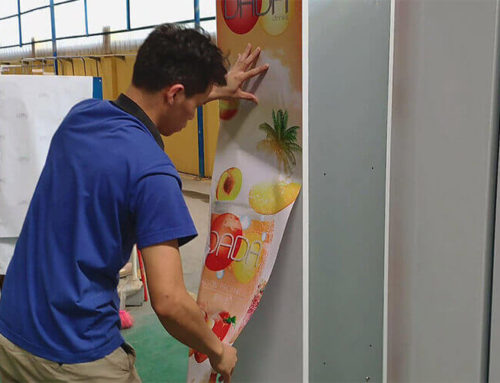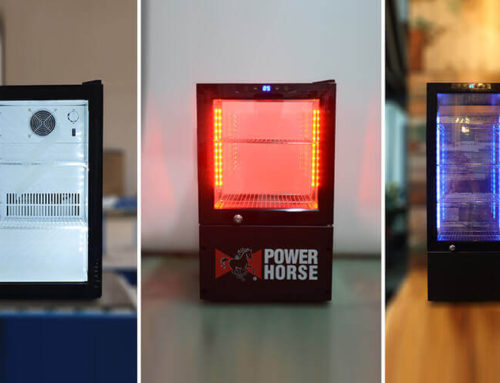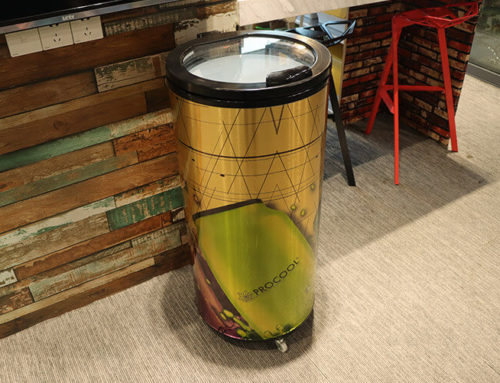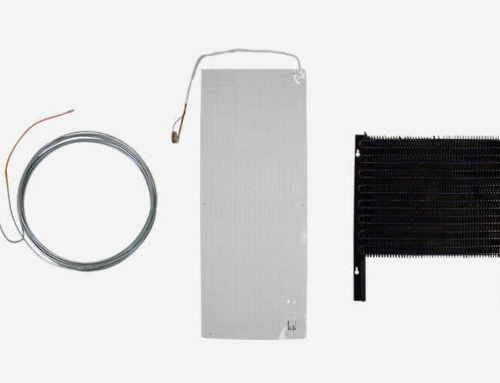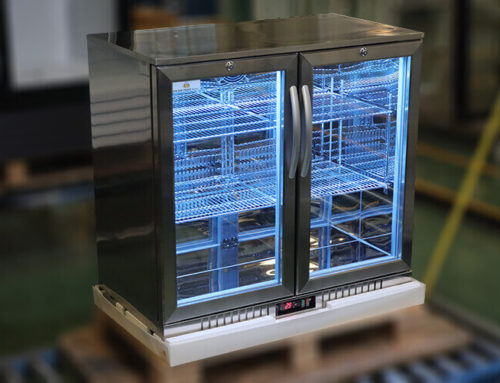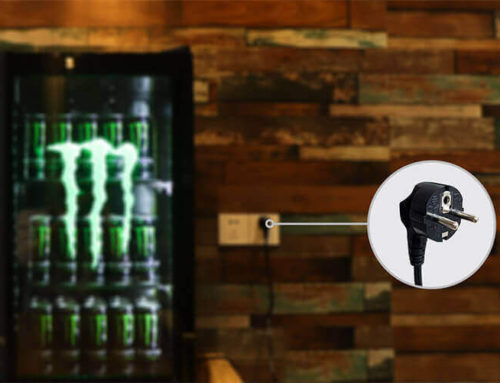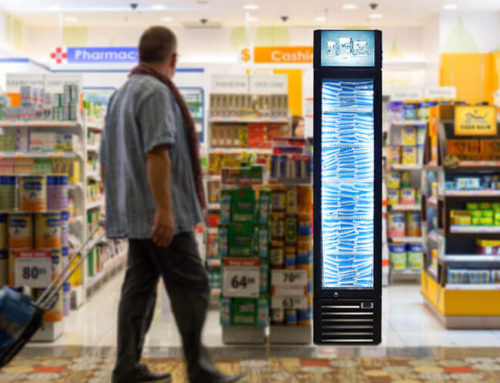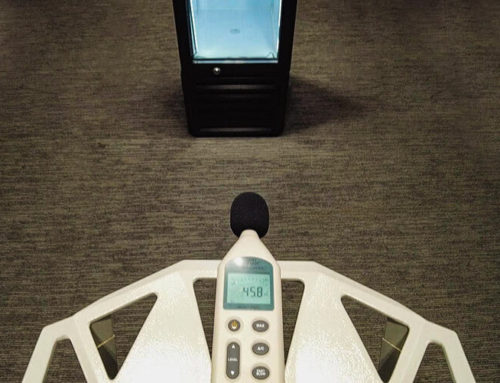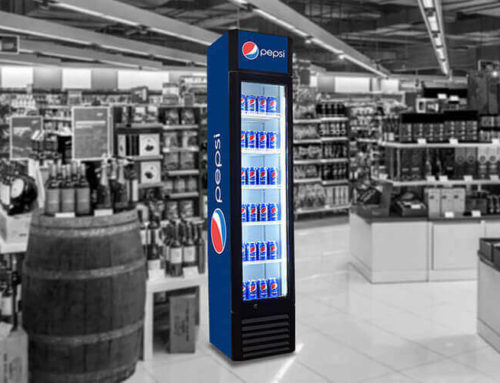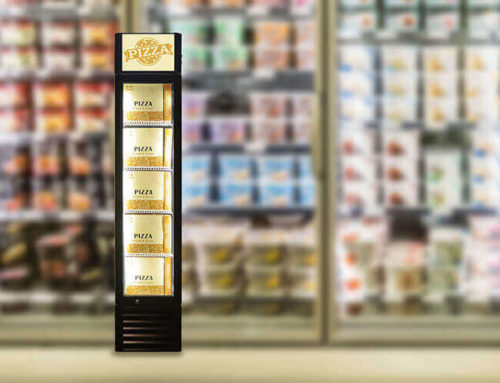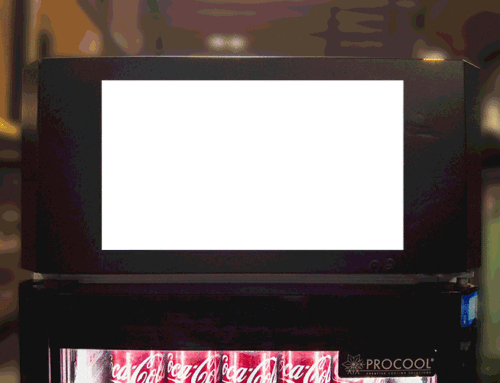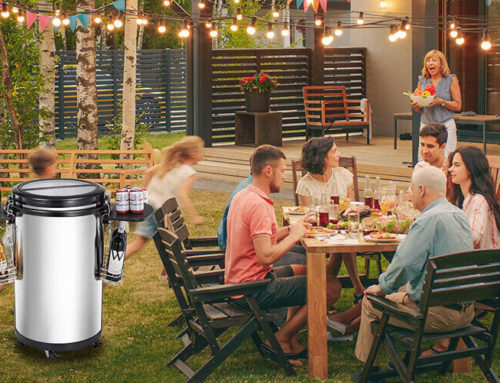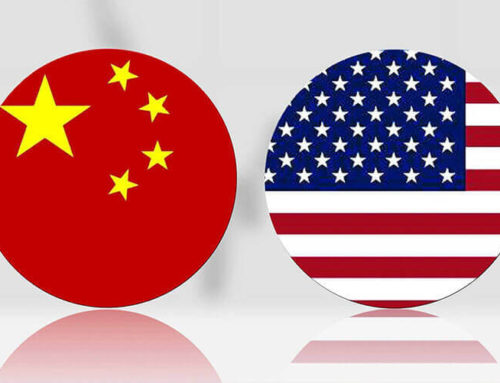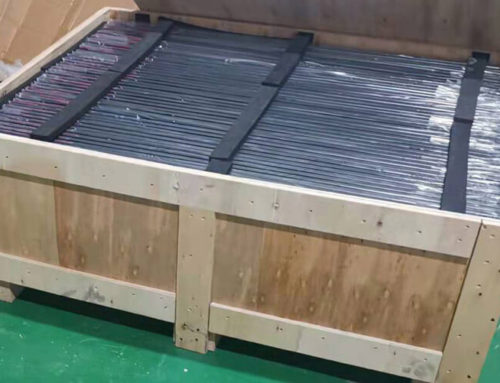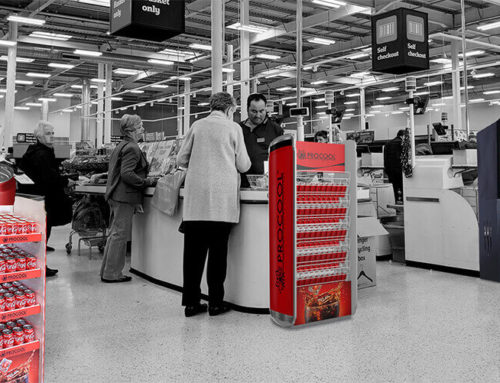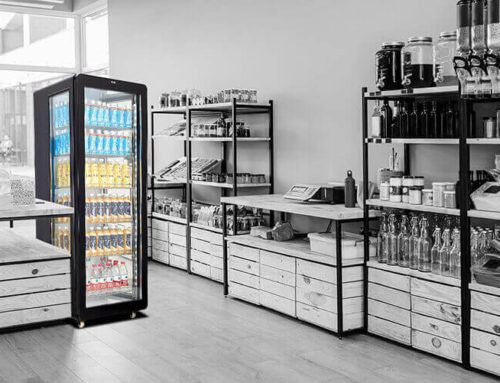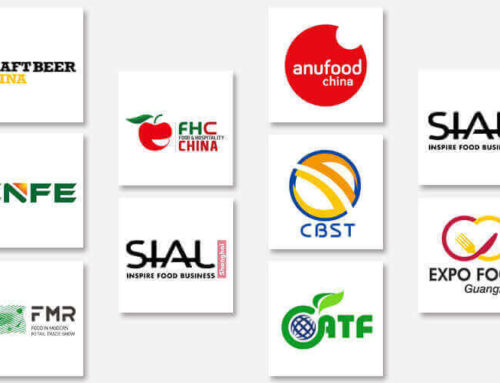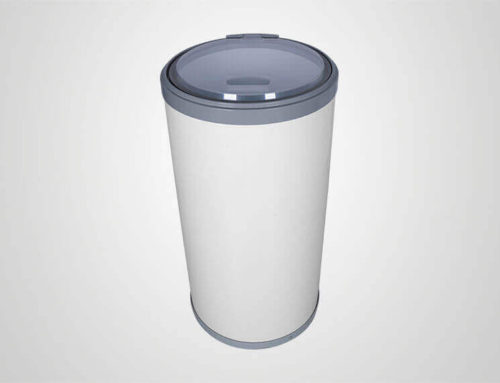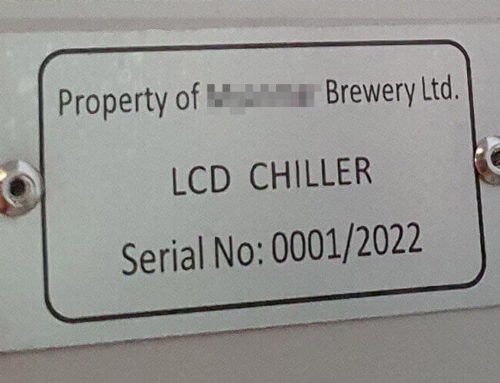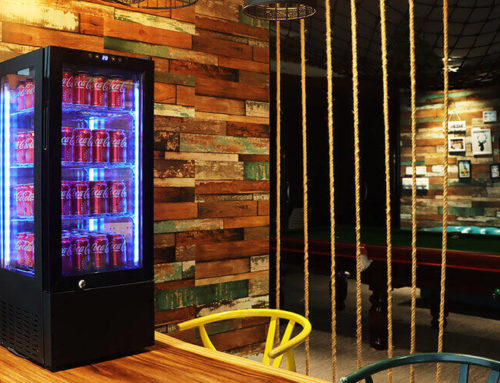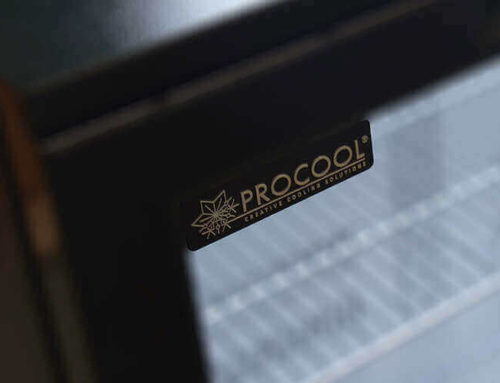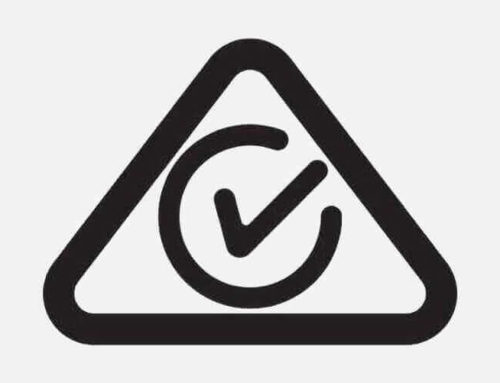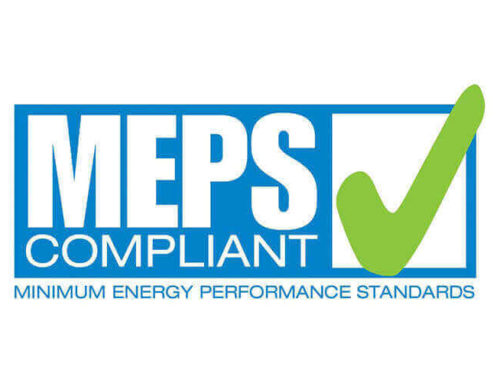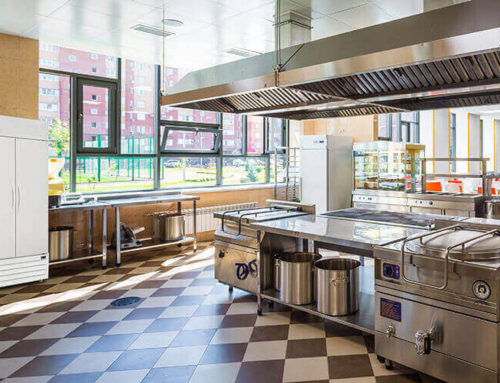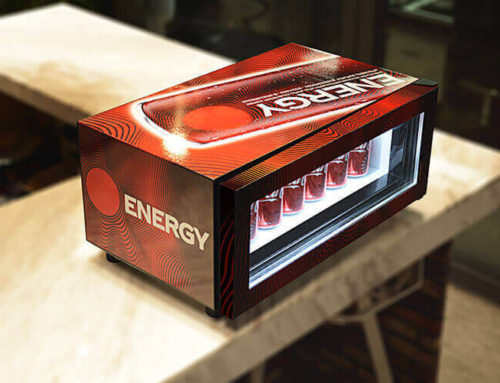The Optimal Temperature for Drinking Wine, Beer, Coffee
and Other Beverages
and Other Beverages
In the supermarkets, we usually see a variety of drinks displayed on shelves or in commercial refrigerators. Some items are often in both shelves and refrigerators at the same time.
In fact, the taste of each beverage at different temperatures is different. You can imagine that a bottle of cold beer will give you more satisfaction than a beer at room temperature. Below we will introduce to you the optimal temperature for drinking various beverages on the market:
Best Temperature for Alcoholic Beverages
1. Wine
Red wine: 16˚C-18˚C (60.8˚F-64.4˚F)
White wine: 10˚C-12˚C (50˚F-53.6˚F)
Champagne, Sparkling wine: 8˚C-10˚C (46.4˚F-50˚F)
Rose: 10˚C (50˚F)
Some wines release the scent faster at room temperature. They must be cooled, otherwise, they will make people feel the scent is too rich. Some wines show the suitable drinking temperature on the labels, so you may pay attention to it before drinking.
The best storage conditions for wine are ventilation, uniform temperature and humidity, and without sunlight. You better place the bottle horizontally to keep the bottle cork moist and avoid dryness and shrinkage. Therefore, in terms of storage and drinking, in pubs, restaurants, or some families who are more interested in drinking, people are used to storing wine in wine coolers to avoid deterioration before drinking. And a quality wine fridge with a stable temperature and balanced humidity can maximize the effect of wine.
2. Beer
Beer is a low-alcoholic beverage, and the best drinking temperature is 7˚C-10˚C (44.6˚F-50˚F). Otherwise, you are not able to taste its aroma if the temperature is too low. For example, Belgian ales must reach 10˚C (50˚F) to release the aroma. But some beer, such as pale ale, needs to be refrigerated at around 5˚C (41˚F). If you choose dark beer, the temperature should be lower. The popular method is to put the beer in the refrigerator and cool it until there is a thin layer of frost on the surface of the bottle.
People like pouring beer into a glass for drinking. So in some professional pubs, we can see that the bartender takes the glass out of the back bar cooler. The purpose of refrigerating the glass is to keep the temperature of glass consistent with the refrigerated beer. This can prevent the beer from heating up by being introduced into the glass at room temperature so that the best taste of the beer can be protected. Some pubs will even add a glass froster special for refrigerating glasses, to meet the most of the consumers’ needs while leaving them a deep impression.
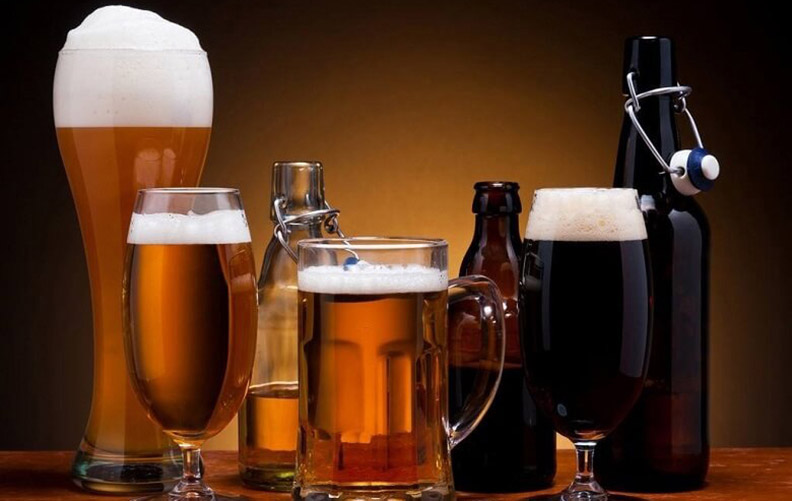
3. Liquor and Spirits
Whiskey: 15˚C (59˚F)
Vodka: 7˚C (44.6˚F)
Brandy: 20˚C (68˚F)
Many people drink vodka with ice. In bars, they usually put a large piece of ice into the glass with whiskey. This is called whiskey on the rock.
The low-temperature vodka is in stark contrast to its own hot taste, allowing people to experience the two extreme feelings at the same time.
Optimal Temperature for Non-alcoholic Beverages (Soft Drinks)
1. Soda
Coca-Cola: 3.3˚C (38˚F)
Pepsi: 5.6˚C (42˚F)
The bubbles in the sodas give people a refreshing feeling, and the low temperature helps to enhance this taste. This is exemplified by the advertisements of Coca-Cola and Pepsi filled on the surface of refrigerators in supermarkets and convenience stores.
2. Juice
Low temperature can help keep the fruit fresh. The best taste temperature for drinking juice is 8˚C-10˚C (46.4˚F-50˚F), especially the most common watermelon juice in summer is best to drink at 8˚C (46.4˚F). Below this temperature, you can’t taste the sweet and sandy taste.
Vending machines of fresh orange juice, which have been getting popular in China since 2017, usually stand next to another refrigerator filled with oranges. The refrigerator is special for storing oranges to ensure the freshness of the oranges and the cold taste of the orange juice.
3. Dairy
Regarding the drinking temperature of the milk, people tend to consider health more than taste. Many types of fresh milk on the market require low temperatures, preferably at around 1.7˚C(35˚F). And the specific storage temperature is generally on the package. But it is difficult to set the exact temperature of old fridges. So, if you are very persistent about storage temperature, a fridge with a digital temperature controller can help.
If your body is not suitable for cold milk or if you don’t like cold milk yourself, you can choose to drink at room temperature or under micro-heating. Boiled milk can cause loss of nutrients. It is generally recommended to be heated below 75˚C (167˚F).
When the yogurt is heated, the active lactic acid bacteria will be killed, and the separation of the milk and water will cause the loss of its nutrients. The proper temperature for drinking yogurt should be at 10˚C-12˚C (50˚F-53.6˚F) to ensure a good flavor of the yogurt and to facilitate absorption by the human body.
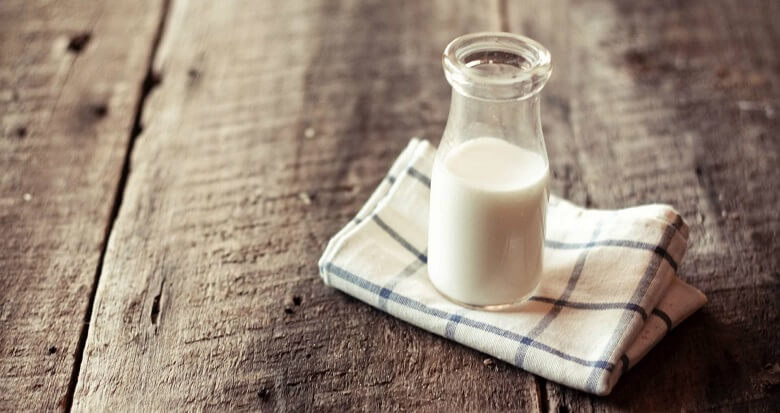
4. Functional beverage
Functional beverages are drinkable at both ambient and refrigerated conditions. There is no clear optimal drinking standard. It depends on personal preference. Many stores selling functional beverages have them in the refrigerator. One of the magic weapons of advertising of the functional beverage giant Red Bull is the Red Bull Fridge, which shows that a large number of consumers choose to drink under refrigerating.
5. Tea
Black tea: 85˚C (185˚F)
Green tea: 74˚C-85˚C (165.2˚F-185˚F)
“Let’s drink a cup of hot tea” is one of the popular Chinese words, which shows that tea needs to be at a high temperature to emit its unique aroma.
6. Coffee
At temperatures between 91˚C and 96˚C (194˚F-204.8˚F), coffee is the most fragrant, so this is the best temperature when brewing coffee. And 85˚C-88˚C (185˚F-190.4˚F) is the suggesting temperature for drinking. As for iced coffee, 6˚C (42.8˚F) will make you feel good.
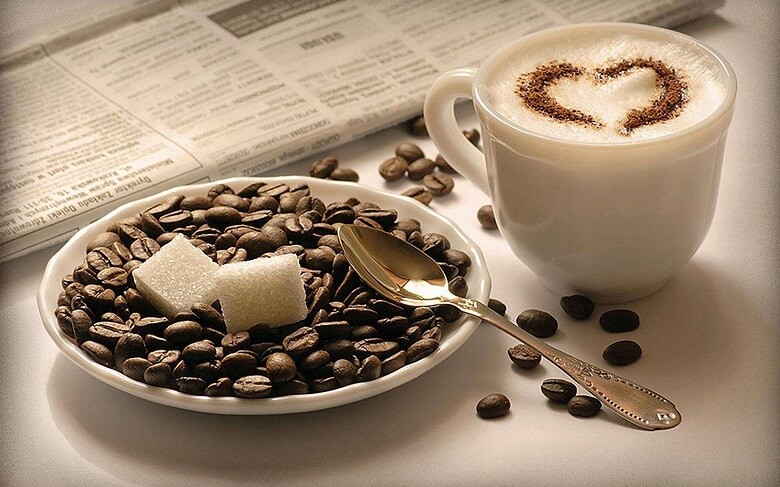
Water
When the water is between 12˚C and 15˚C (53.6˚F-59˚F), it tastes the most refreshing and is good for health. The reason is that the physical properties such as water density and viscosity have changed at this temperature. It becomes very similar to the water in biological living cells and is easily absorbed by the body. It can also promote the metabolism, increase the hemoglobin content in the blood, and improve the immune function.
Our Products
Grow Your Business with Us Now
